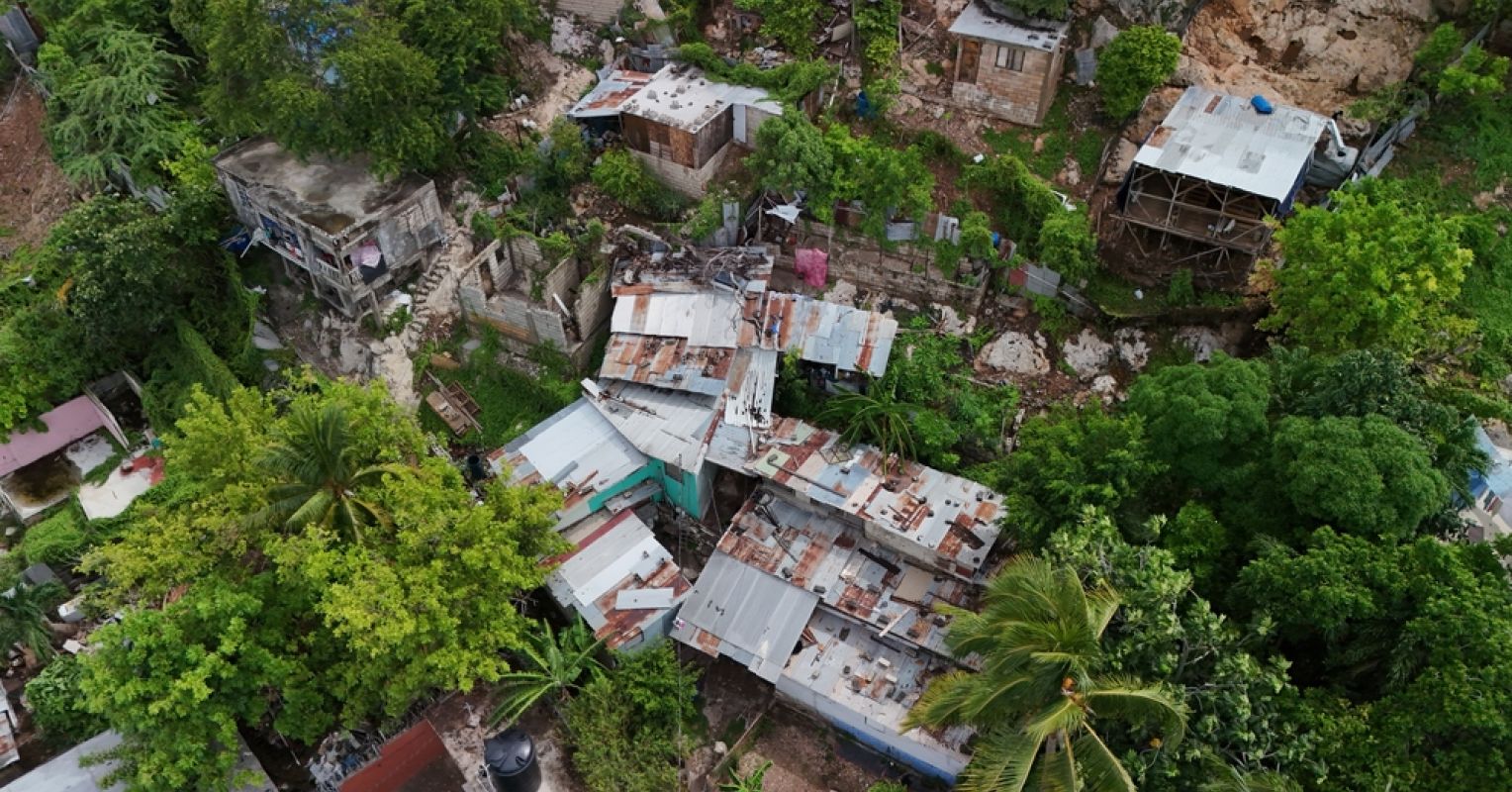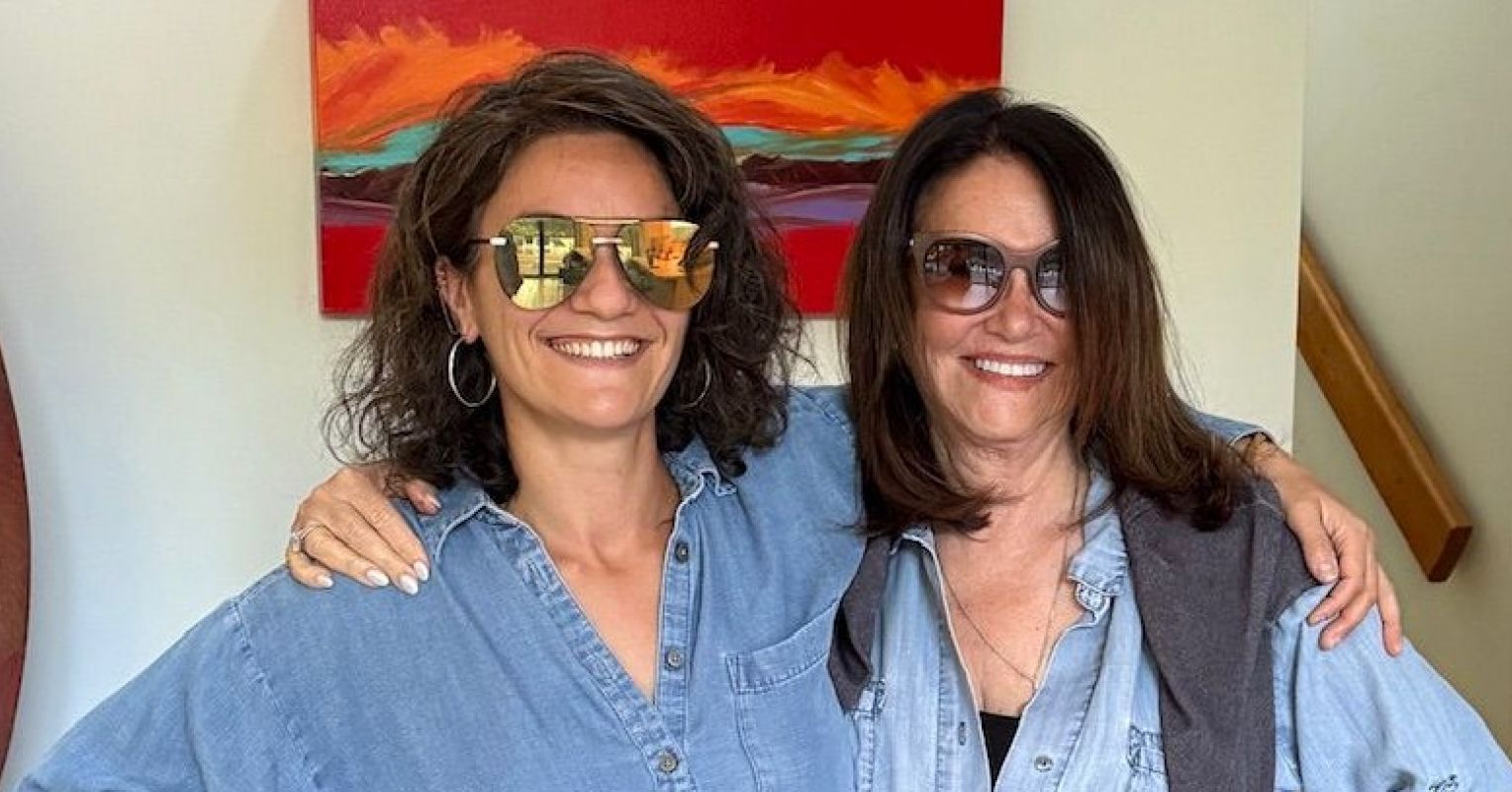One sibling steals the other’s favorite toy, or maybe they both committed their share of offenses. Their parents want them to apologize to each other. A spouse failed to finish their part of the chores. That can be hard to let go of. In more serious cases, perhaps, a family member betrayed your trust.
As we interact with other humans, we are bound to hurt one another, in both small and large ways. But it’s not always easy to forgive. One of the reasons people resist forgiveness is because they want justice for the wrongdoing, says Charlotte V. O. Witvliet, a Hope College psychologist who studies forgiveness.
It turns out that an impulse to withhold forgiveness might in fact protect us sometimes. One study found that forgiving without accountability can lead to repeat offenses. In the case of abuse, for example, the survivor may worry about the offender abusing others. For less serious, more common offenses, the person who hurt us may simply want to apologize and move on before we are ready.
X

Anyone trying to help—from Mental health professionals to concerned family members—needs to remember that forgiveness can differ across people and offenses, says Witvliet, who’s also a senior scholar for initiatives in whole person formation, Mental health, and flourishing at Belmont University. “People are at different developmental ages, offenses range in severity, everyone has unique personalities and capacities,” she says.
That means forgiveness cannot be rushed. Robert Enright, a psychologist who has prolifically researched forgiveness, thinks perhaps people misunderstand what forgiveness is when they jump to resolve a grievance quickly. “There is no forgiveness pill,” he says. “You can’t resolve having experienced a grave injustice with four weeks of therapy.”
Some people might decide early after an offense to set their mind toward not retaliating and working toward forgiveness, but it’s also possible to seek justice and perhaps find forgiveness along the way. For those who feel stuck in painful memories or patterns of abuse, injustice, or mistreatment, psychologists propose some strategies to get unstuck.
Can you just decide to forgive?
One pathway, at least according to some psychologists, begins with a simple choice to forgive.
In 2015, nine Black churchgoers were gunned down by a white supremacist at Emanuel African Methodist Episcopal Church in Charleston, South Carolina. Two days later at the bond hearing, the reverend, who lost his wife, and several surviving families offered their forgiveness to the shooter.
In another instance: In 2006, 10 Amish girls attending school in Nickel Mines, Pennsylvania, were gunned down in a random attack by a local man. Within a day, the families announced forgiveness of the killer.
In both cases, the public struggled to understand how someone could offer forgiveness for such a severe offense. Perhaps this is because there’s a tendency to see forgiveness as involving a change of heart. But after a murder, “do you think anyone can just snap their fingers and say, ‘I feel so many warm emotions’?” Witvliet says. Realistically, “it might just be a miracle that we get to neutral.”
Yet Witvliet rejects the urge to say that these actions are not “real forgiveness.” As a psychologist, she defines these public declarations as decisional forgiveness—an intention not to be unforgiving. Psychologist Stephanie Lichtenfeld and her colleagues found that this can happen before we actually feel forgiving. In the example of the Amish community in Pennsylvania, leaders set constraints on members against taking vengeful actions.
Making a decision to not retaliate can be an exercise in forgiveness—and maybe just one of many possible exercises, says Witvliet. There are differences in how people practice forgiveness, she says, giving the example of a tomato. We know what a tomato is, but “it might be small like a cherry or grape, or giant like an heirloom. But it’s still a tomato. There has to be some commonality that makes a tomato a tomato. . . Yet isn’t it interesting that it can be quite varied because of the ground conditions, the weather conditions, and how long it has been growing? Forgiveness, too, can vary so much,” she says.
The quick decision to forgive may be more or less available to you depending on your background and beliefs. “Some religious groups have a deep commitment to respond in a forgiving way in response to unjust harm. Sometimes this response comes quite soon because it is a commitment. Changes in emotional responses may take much longer, especially after trauma,” Witvliet says.
These different aspects or stages of forgiveness may relate to different types of activity in the brain. Emiliano Ricciardi and other researchers used magnetic resonance imaging (fMRI) to study what happens in the brain when people reflect on past wrongs. After people tried several strategies in a forgiveness process, the brain appeared to begin to regulate emotions differently, reducing feelings of revenge and resentment. If forgiveness feels impossible, perhaps our brain isn’t there yet.
Forgiveness as a process
For his part, Enright is concerned with the momentary nature of a decision and worries people who have decided to forgive will assume that the forgiveness process is over. In his studies, he’s found that decision-based forgiveness does not show benefits. “It’s attractive when short-term or brief solutions are offered, but it’s not effective,” says Enright. But a 2018 review found that when people participate in forgiveness programs that guide them through a process over a longer period of time, they become less stressed, angry, and depressed.
That process can be messy. In his research, Enright developed a four-phase model of forgiveness, but there is no sequential order for the phases—multiple pathways can get you there.
While a decision to forgive is one phase, another phase would examine your anger. On its own, anger is not a bad thing. In fact, righteous anger can be a good thing. “When people are angry, they are saying a wrong has been done and I know it. I have a right to be treated with fairness. I have not been treated with fairness, and I’m angry,” says Enright. “They’re behaving with another moral virtue: justice.”
During this part of the process, we might recount the wrongdoing and notice other effects of the injustice we had not previously considered, which might make us angrier than before. For example, if your spouse often fails to pick up around the house, the pattern of disregard can fester, especially as you recognize the mental burden that this places on you over time. In the case of the Charleston shooting, it highlighted unequal police treatment of white offenders versus Black offenders and the social systems and practices that teach young white men that they are superior to people because of their skin color.
Anger can ebb and wane. “There’s a cyclical quality when a pain is brought up again, and I thought I had worked through that, or the anniversary comes around and our body remembers before we can put language to it,” says Witvliet.
The process is not linear, and we may need to go back to processing that anger before we can commit to not taking revenge.
Ideally, in Enright’s view, what he calls the “work” phase begins to move you toward emotional relief and new meaning through forgiving the person—which in its fullness includes seeing their humanity. This includes thinking about the other person in new ways—if you’re the one feeling unfairly bogged down with household duties, you might start to acknowledge how your spouse’s personality and capacities do not work the same way yours do and accept that he’s not trying to hurt you.
The important part, for Enright, is that it’s a process rather than just a one-time decision. Forgiveness is a virtue that needs to grow—and it takes work to grow a virtue.
Where is accountability in the process?
Importantly, you can decide whether reconciliation is a right step or not—based on whether the offender is trustworthy or safe. “I’m for the healthier boundaries with truth telling that takes accountability seriously,” says Witvliet. Truth telling includes recognizing not only the impact of the harm done to us but the needs of the person offending, the circumstances that help support health for both of us, and how our responses can also veer into mistreatment of the other person.
Sometimes, setting boundaries is clearly needed for our health or safety; other times, we may just be ghosting the person as a form of retaliation. And boundaries can be more or less helpful for the offender’s personal growth.
Involved parties can also be on different pages when it comes to how accountability for the transgression should look.
Perhaps, as the slighted spouse, you must stop picking up after your “slacking” spouse in order to hold him accountable for what he said he would get done. But your shifting view of your partner as someone who is complicated but not ill-intentioned may help you to let go of some resentment and accept that justice might simply mean that now he completes dishes at 10 p.m. every night in a rhythm that works better for him.
In more serious cases, where a crime has been committed, forgiveness does not mean skipping the pursuit of justice to the full extent of the law. Justice and forgiveness can go hand in hand.
“We need to make sure people are safe. We need to make sure harms are halted. That’s good for people who have been wronged. It’s good for wrongdoers to stop harming, and it’s good for communities,” says Witvliet.
Ultimately, forgiveness can be at a distance—within our own conscience or with God or communicated to the offender—and our relationship with them does not have to continue.
Strategies to get unstuck
Psychologists say counselors or others who want to help need not mention that scary F-word at all in order for the one who is hurt to begin processing the experience of wrongdoing in pursuit of healing.
“We only should be about creating the possibilities for accountable forgiveness,” says Witvliet. Moving forward from a past hurt means telling more of the truth, not less. Any process that might “shut off or truncate the story [a person] is telling”—including bringing up forgiveness—complicates the possibility of creating the right conditions for healthy growth.
Still, that doesn’t mean there is anything wrong with the idea of forgiveness, Enright emphasizes. “Forgiveness isn’t the problem. It’s people putting pressure on others,” he says.
Witvliet and her colleagues have considered how two different strategies can help move people who feel stuck when they are ruminating on an offense committed against them—and neither explicitly say that you have to forgive. People are given the freedom to choose how they respond.
In both cases, if done during a therapy session, you would spend a couple minutes first thinking about the offense and its consequences in your life.
The first one, called a compassionate reappraisal, fits within Enright’s definition of forgiveness that envisions wishing the offender will find flourishing. After calling up your negative emotions, you are asked to think of your offender as a human being in need of their own transformation and imagine feelings of kindness toward them.
Once again, Witvliet emphasizes that forgiveness involves telling the truth about the wrongdoing and its impact: “The forgiving person sees what kind of change is needed in the offending person and wants them to experience positive change, so they honor another person’s possessions or body or well-being or life,” she says. The forgiver is wishing: “I hope that they are positively changed rather than continuing to hurt me or other people.”
But if that seems like a hard sell, Witvliet also suggests an approach called the benefits appraisal.
This approach reframes the transgression by focusing on your strengths or growth that you experienced when facing the harm. It’s acknowledging the people who have been present in your pain—or perhaps God’s presence. Maybe it’s a song that was healing or a practice like running. It’s not a “you should be grateful” message, but another facet of truth telling. “Most people can find something that was a good in facing the bad,” she says. She thinks of virtues as connected—so if you start to feel more gratitude, “it gives you this foothold.”
Either of these approaches can move you “in the direction of forgiveness,” says Witvliet. It just depends on the individual and what other capacities you have—if you have low self-esteem, the benefits appraisal might be difficult. But the compassionate appraisal must deal with the wrong directly, so it can also be difficult. Thus, either approach may take some work.
There may be many paths—including naming your intention not to retaliate out loud, distancing yourself from an aggressor, being angry and yearning for justice, seeking accountability for the offender—and, depending on each person’s capacities, culture, and personalities, each step can take time. Ultimately, says Witvliet, she’s for whatever process leads to a “durable forgiveness.”













